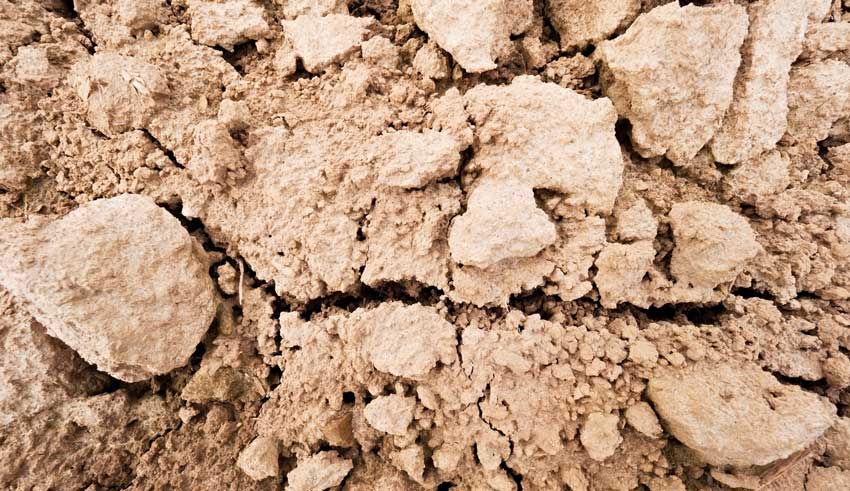
Soil erosion is a problem that compounds itself: the stripping away of the top level of soil on your property can increase the likelihood of flooding, which in turn can create worse erosion.
Erosion – most often caused by water and wind – can take topsoil off your land and leave compacted what is left. That makes it more difficult for the ground to absorb water, particularly massive amounts. Hence, the aforementioned greater risk of flooding.
Massive rain or snow events can spur on severe erosion, especially when copious amounts of rain fall in a brief period of time. Wind erosion isn’t as much of a factor in the Tri-State as, say, deserts with very fine soil and large stretches of land with little vegetation to block wind and hold soil firm.
The end result of erosion-induced flooding can range all the way to landslides, so finding a way to prevent it is critical to preserving your property.
Here are a few ways to help reduce the risk of major erosion problems:
- Installation of vegetation. Putting in plants, ranging from grass to trees, can help keep your soil where it’s supposed to be. Grass and similar groundcovers grow quickly and have roots that spread. Trees, bushes and shrubs take longer to take hold, but once they do, their roots run deep and can hold soil well below the ground in place.
- Managing stormwater Keeping major runoff away from known or anticipated trouble spots will help. Pipes and chutes are your best bet for accomplishing this. They can transport the water somewhere that can manage the extra moisture, such as a creek, ditch or even a rain garden.
- Blankets or fiber rolls. These can be manufactured or purchased ready-made and located in strategic places on your property where you know erosion might be likely. These are not necessarily the most long-lasting of potential solutions, but they can be dependable until a more permanent fix can be installed.
